Dr. Long’s lab focuses on uncovering the molecular mechanisms that drive vascular smooth muscle cell (VSMC) phenotypic plasticity—a key contributor to many major vascular diseases. A core strength of the lab is its ability to integrate cutting-edge technologies, including single-cell (sc) multi-omics (scRNA/ATAC-seq, spatial transcriptomics, and CUT&RUN), advanced genetic mouse models, translational disease models, and analyses of human vascular tissues. Through these approaches, the lab aims to identify and functionally characterize novel genes that regulate VSMC phenotypic transitions. The ultimate goal of the lab is to develop innovative therapies by precisely targeting VSMCs to treat arteriovenous fistula (AVF) failure and abdominal aortic aneurysm (AAA), two serious vascular conditions that currently have no effective pharmacological treatments.
Project 1: VSMC protein quality control and AAA formation
Abdominal aortic aneurysm (AAA), characterized by progressive dilation and weakening of the abdominal aorta, is a life-threatening condition associated with high morbidity and mortality due to dissection or rupture. Aside from invasive and costly surgical or endovascular repair for large aneurysms, there are currently no effective pharmaceutical therapies to halt AAA progression. Our recent findings reveal that dysfunction in protein quality control systems, including impaired ubiquitin-proteasome system (UPS) activity and autophagy, precedes AAA development. This project aims to uncover the mechanisms driving this dysregulation and explore therapeutic strategies to restore protein homeostasis for AAA prevention and treatment.
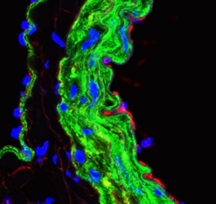
SMC phenotypic adaption
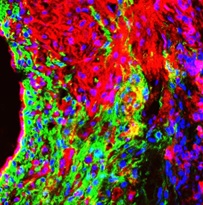
Project 2: Venous SMCs (vSMC) reprogramming and therapeutic targets of AVF maturation failure

Venous SMC Reprogramming
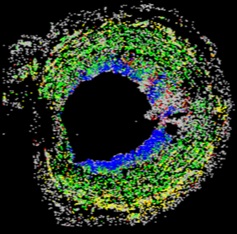
A surgically created AVF between a vein and an artery remains the gold standard for vascular access in patients with chronic kidney disease (CKD) requiring life-saving hemodialysis. However, nearly 60% of AVFs fail to mature into functional conduits due to inadequate outward remodeling, limited flow capacity, neointimal hyperplasia, and fibrotic stenosis, placing a significant burden on both patients and the healthcare system. Currently, no therapies effectively promote AVF maturation, largely because the mechanisms governing venous adaptation to AVF hemodynamics remain poorly understood. This project aims to define the molecular pathways driving vSMC reprogramming in the CKD setting and to identify potential therapeutic targets to improve AVF patency in CKD patients.
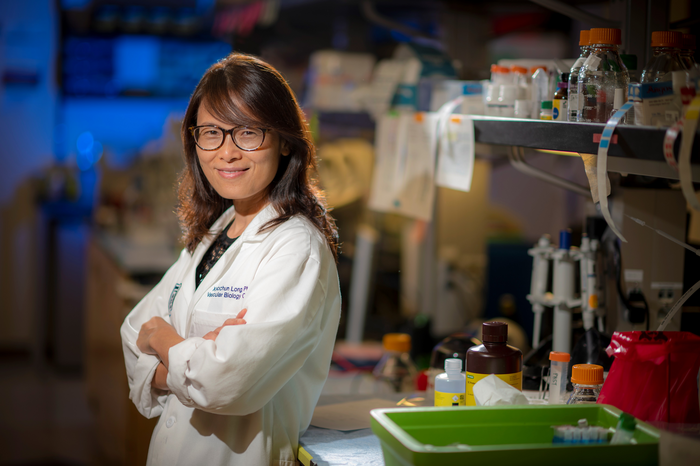
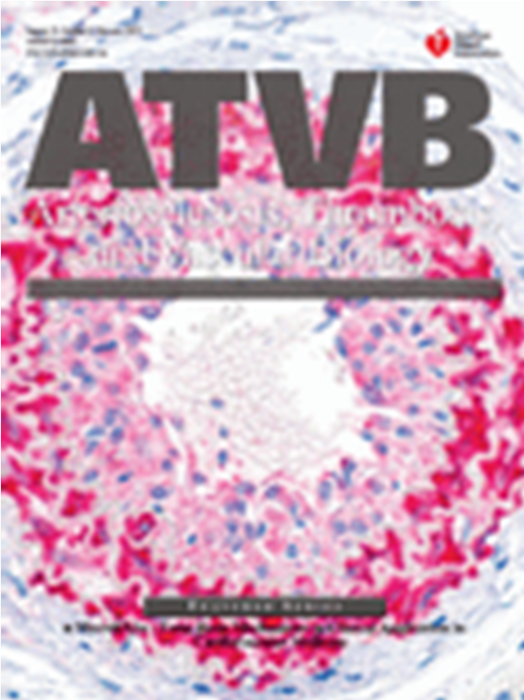
Mitogen-Activated Protein Kinase 14 is a Novel Negative Regulatory Switch for the Vascular Smooth Muscle Cell Contractile Gene Program
Xiochun long, Sarah L. Cowan, and Joseph M. Miano
Originally published 21 Nov 2012 | https://doi.org/10.1161/ATVBAHA.112.300645 |Arteriosclerosis, Thrombosis, and Vascular Biology: 2013;33-378-386
